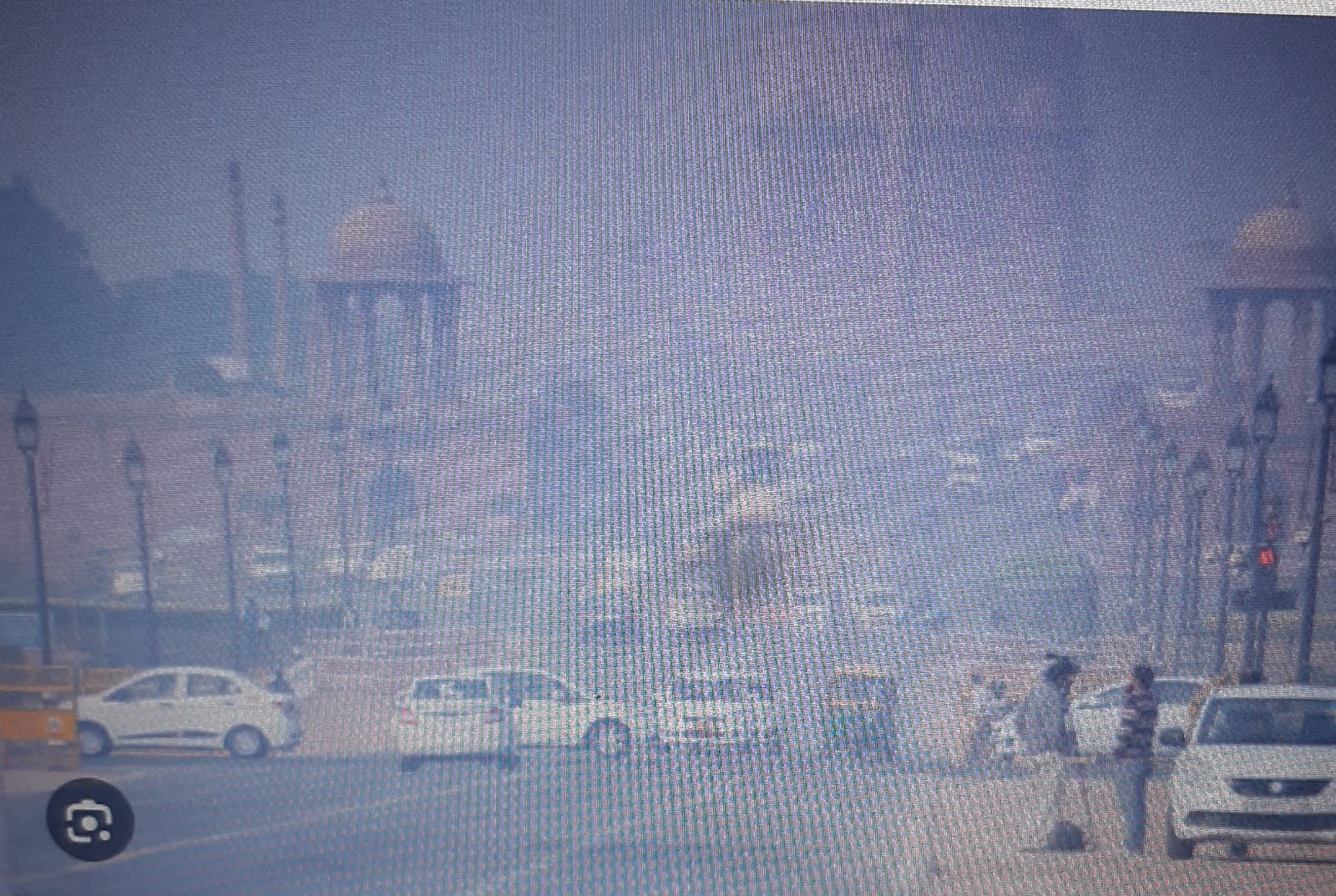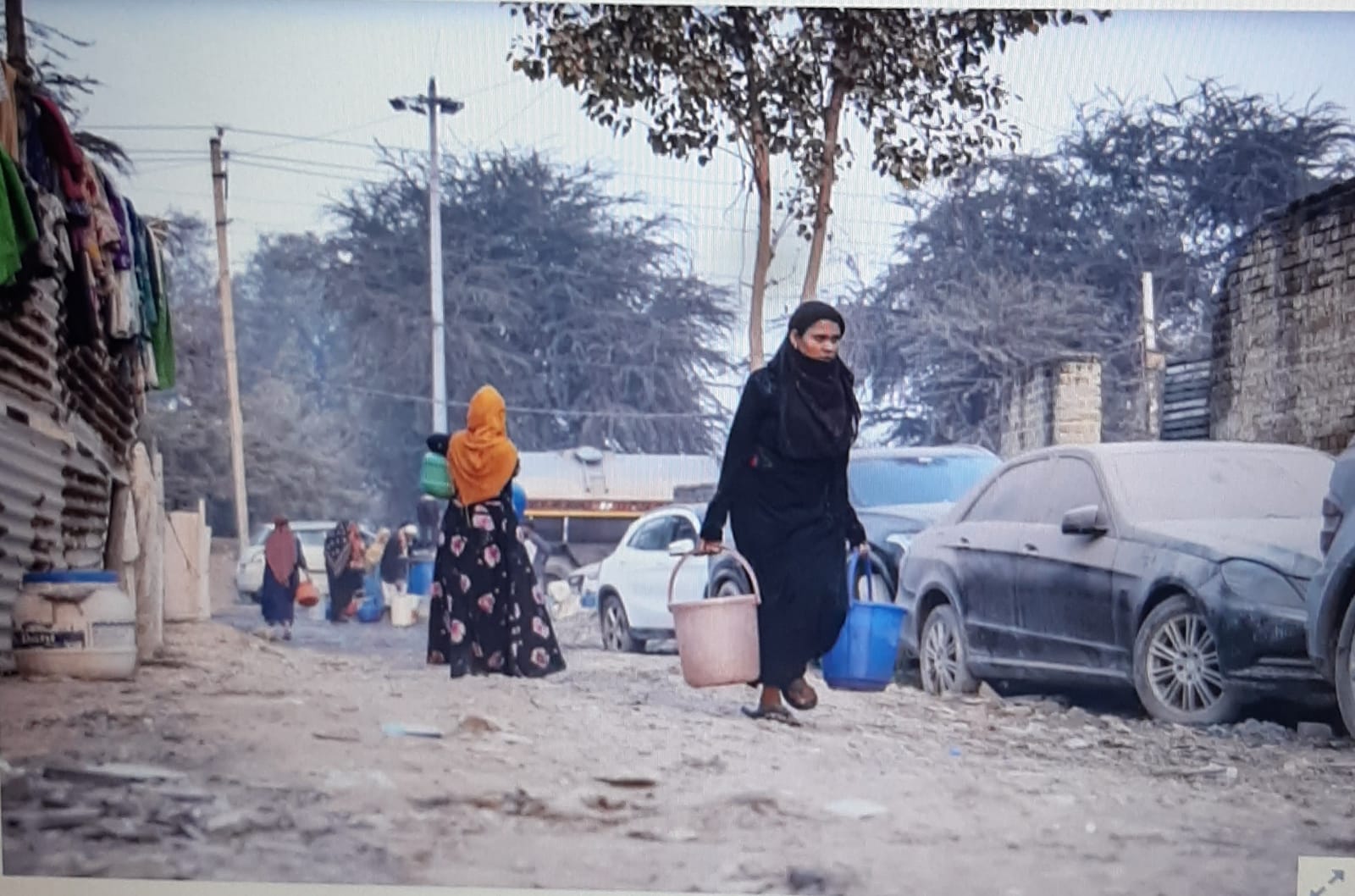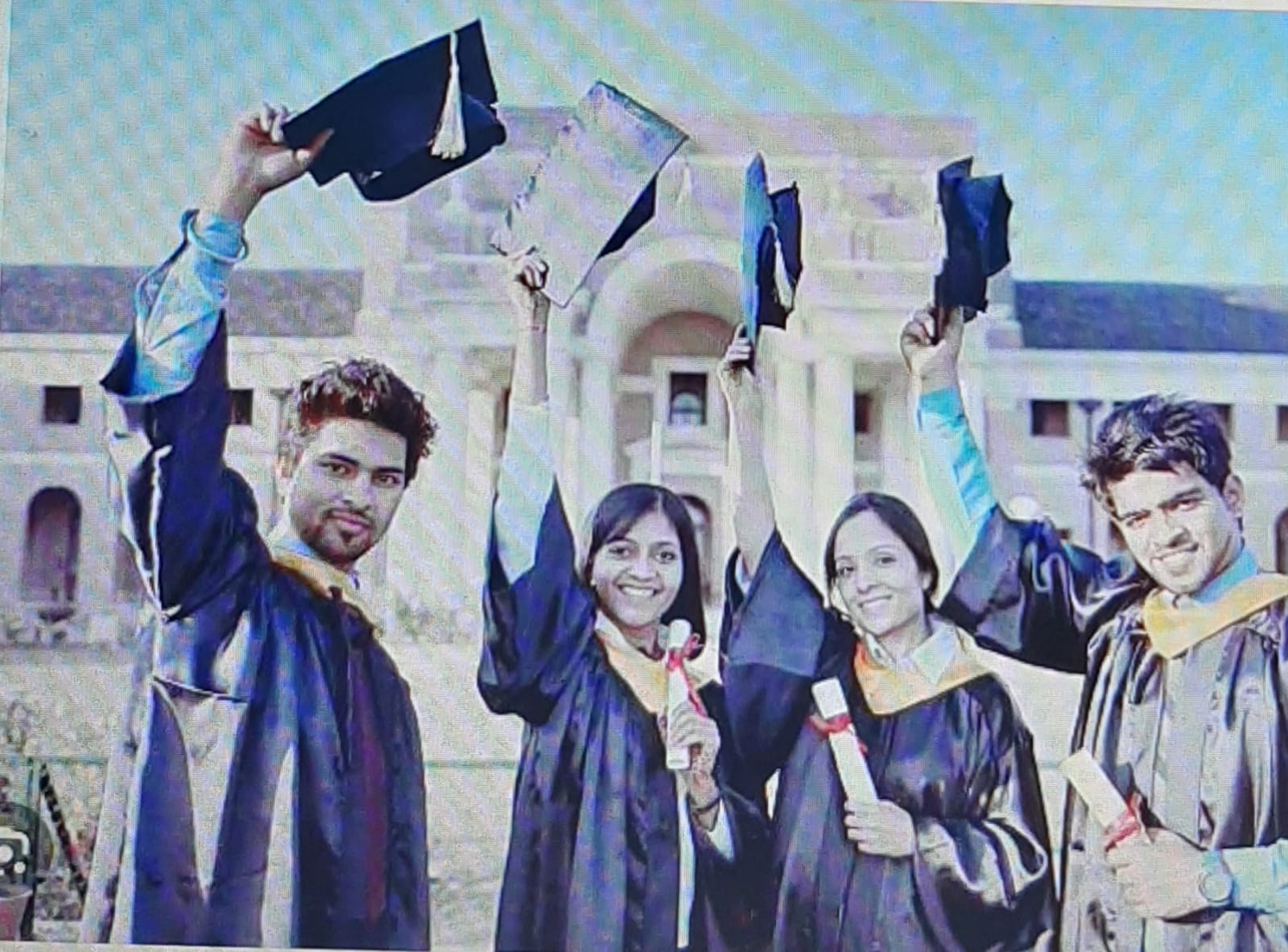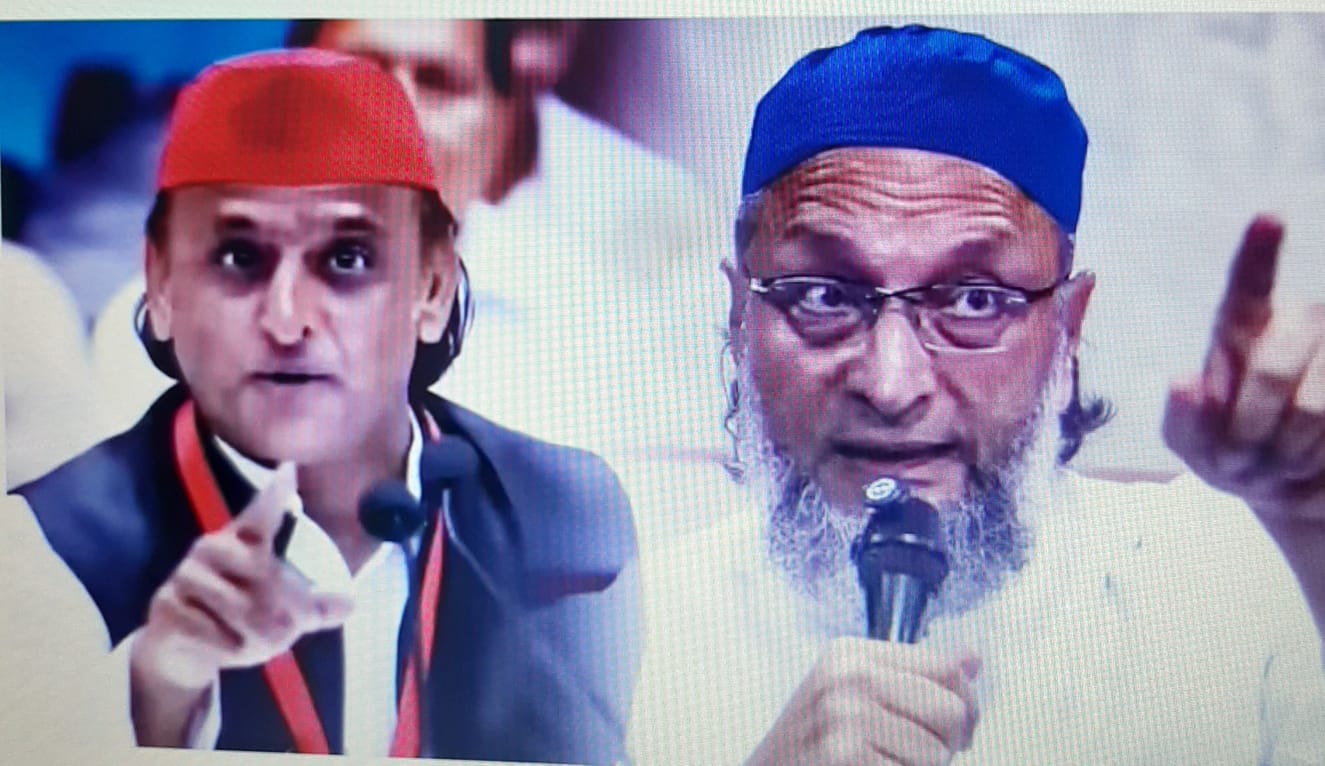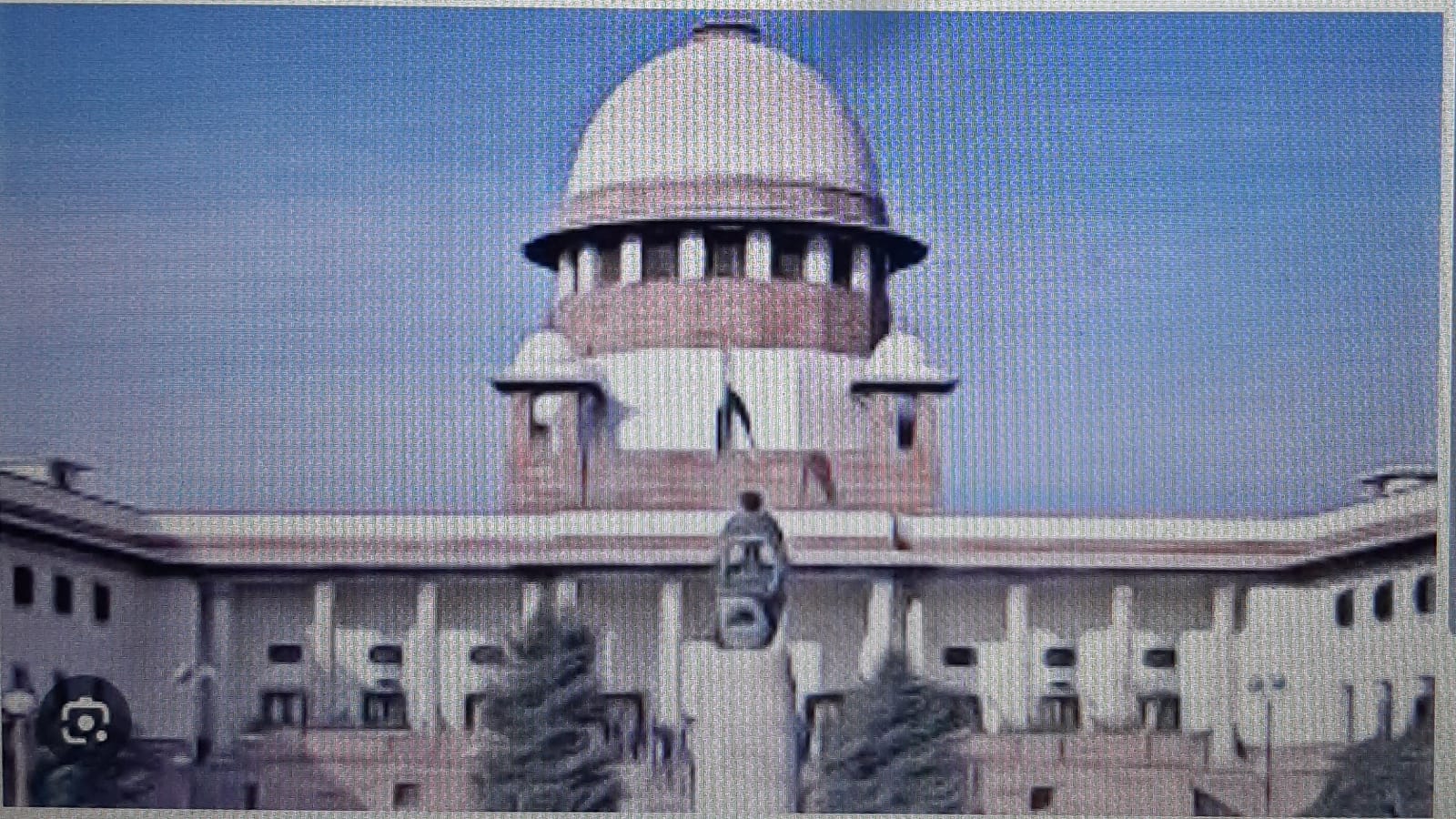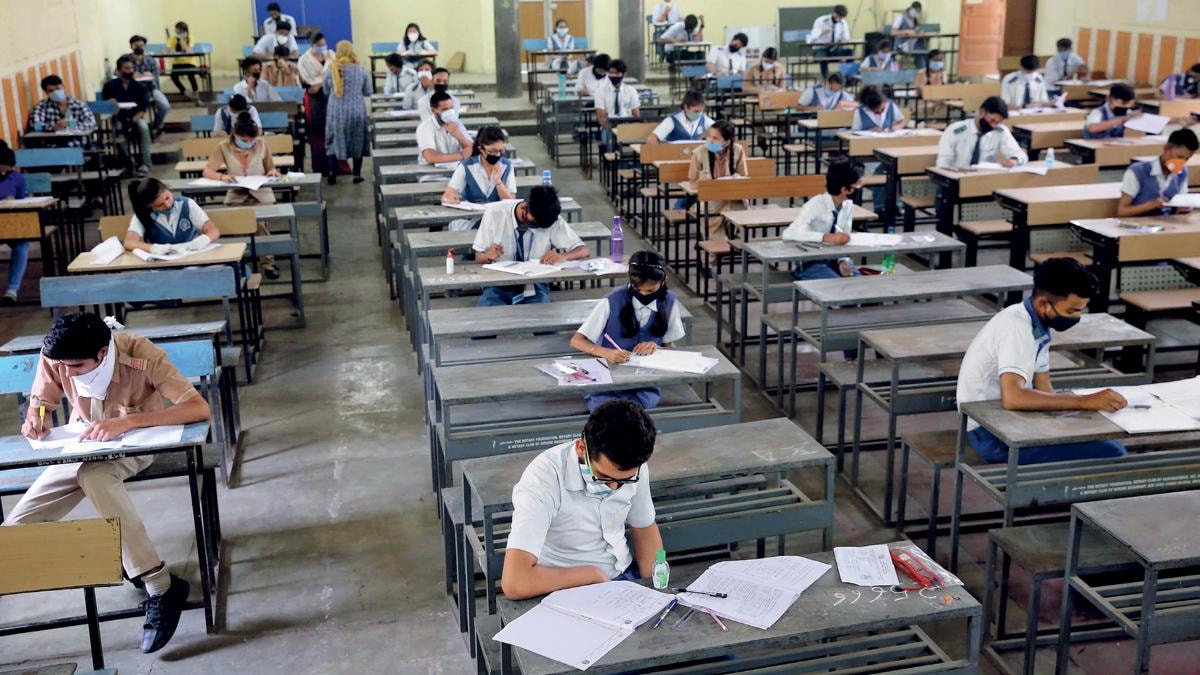
Education is not filling a pail but lighting a fire and higher education is more so. Higher education programmes therefore are not merely degree awarding exercises but meant to enhance perceptions, sensitivity and creativity.
Dr. H.C. Pande
As people we are known to avoid controversies and settle for compromises on every issue. Straight talk is avoided at all costs in order that people do not take offence and there is pleasantness all around. Problems cannot be solved or situations corrected unless clearly identified and solutions delineated with sharp and crisp strokes. Since we are thinking over our problems among ourselves let us not pull any punches and call a spade, a spade.
At the outset let me emphasise that my remarks may kindly be considered in the context of our country and the aspirations of one billion plus people and their expectations from the learned community. I do not, even for one second, belittle the achievements and advances in the field of higher education and research, however, I cannot help feeling that with close to half our countrymen living in poverty and social evils still prevailing, the progress is inadequate and the priorities are grossly lopsided primarily due to the institutions of higher learning not living up to their responsibilities. Higher Education Institutions cannot remain just repositories of knowledge but to quote “knowledge… is not an opinion to be held but a work to be done.” The institutions are not contributing in the process of development and social change in a meaningful manner to the extent that they could and should. In this day and age, to quote “Future is not some place we are going to, but, the one we are creating. The paths are not to be found but made.” It is the institutions of higher education that have the capacity to shape the future and make the paths. The universities therefore should lead and not just follow some clerical diktat of some authority.
“Education”, to quote “is not filling a pail but lighting a fire” and higher education is more so. Higher education programmes therefore are not merely degree awarding exercises but meant to enhance perceptions, sensitivity and creativity. Unlike functional literacy, at the other end of the spectrum, the coverage has to be selective in terms of the needs of society and the mental calibre of the entrants to the programme.
Let us look at the current scenario of Higher Education in the country. There has been significant increase in the number of universities, deemed universities and institutions of Higher Education under special acts of the Government. There are large university campuses with adequate infrastructure in terms of laboratories, workshops, library and student amenities comparable to that of universities of repute abroad. The intake of students, in significant numbers, is of excellent quality. The faculty for teaching and research in most cases in adequately qualified and research grants are made available with relative ease. Yet one can cite little in terms of world class contribution in the field of Science & Technology. If we search for world class excellence in the graduates of Indian universities spanning the last 50 years there is only one Nobel Laureate V. Ramakrishnan a graduate of the University of Baroda. In the existing large higher education system luminaries of the class of C.V. Raman, S.N. Bose, H.J. Bhabha et al are notable by their absence which speaks volumes of something not quite right with the system and the existing policies being followed. The cream of the coffee is, in fact, missing.
In the context of developing nations, let us accept that the objective of higher education should be primarily to create inspired young men and women who have knowledge, vision and dedication and who are excited by the challenges of all round development of the country in the face of hardship and resource constraints and are not just job seekers. In the words of Albert Einstein “The aim (of education) must be the training of independently acting and thinking individuals who, however, see in the service to the community their highest life achievement.”
Stuffing information in the young minds seems to be the primary objective and igniting the spirit of inquiry, developing sensitivity to social cause and injustice take the back seat. Largely the stream coming out of the portals of the academic institutions is a job seeking, colourless and clueless mass. And what do they aspire for?
The reason for this disappointing, and, to my mind, disastrous situation is twofold. Firstly the policy framers are the elite who have every convenience at their disposal. They are part of India of the rich, way out of the way from Bharat of the poor and who believe that India is a reality and Bharat is just a bad dream. Plans are formulated and decisions taken in air conditioned chambers based on discussions over sumptuous seminar banquets. The decision that follows is obviously, to quote “Give them cakes.” The result of these policies is total inversion of the objective of education to extent that the merit of the apex institutions is judged, even by the faculty, in terms of the salaries offered to their graduates and not by the challenging nature of the job.
Secondly there are vested interests both outside and, sadly, inside the country who does not want to see India emerge as a world power if their interests are hurt. Since the best way to enslave a nation is to corrupt the youth so let the education system be based on wrong priorities. India is a huge market so let it develop as a nation of shopkeepers and let the youth be trained for not inventing but selling and for not setting up industries but Pizza Huts. Build the body but starve the soul.
Let us also accept that higher education should keep in step with the prevailing standards in the advanced countries and that the graduates of the system should be universally recognised. This, to use a political phrase, is a compulsion of globalisation.
Our policy makers seem to have overlooked several issues and I may be permitted to point out a few:-
1. Institutions of higher education are in reality engines of development, capable of shaping the young minds for social change and making dramatic impact on the area of their operations by creating trained manpower, so to say, in situ. Their programmes should therefore relate mainly to the region and the country.
2. Universities are public institutions even if privately financed as their functioning and programmes impact the society in a major way. The working of the universities therefore has to be transparent and programmes consistent with the norms adopted nationally.
3. Large campuses, whole range of laboratories with sophisticated equipment, by themselves, are neither necessary nor sufficient for keeping up the standards of education. It is the creative ambience, encouragement and support for taking up cutting-edge problems that create quality research work and inspire the knowledge seekers.
4. The number of research papers and doctorates produced without regard to quality has little meaning.
5. Universities are not born great but have to achieve greatness only through decades of sincere and persistent work. Great institutions cannot be created by Government fiat. The brand name culture in the matter of higher education is meaningless as it merely indicates the desire for a shot-gun solution where none exists.
6. Higher education facilities cannot be thought of as fast-food joints dishing out courses on demand whether justified or not to all and sundry. The access to higher education is meaningful only to those who have the desire and the capacity to learn.
7. The powers that be, administering higher education system, seem to overlook ground realities and pre-occupied with future projections, policies and plans manage to overlook the present. Policies are enunciated but no one cares to see if these are being implemented. There is no attention given to details and accountability remains diffused as if by design. Clerical mind set prevails to put off possible decisions, if at all, as long as possible.
8. There does not seem to be any seriousness in respect of educational reforms. Useful noises are made from time to time and committees are setup to look into the state of higher education. Committees come and committees go but the system, as is, goes on for ever. Committee reports are discussed to death and supposedly adopted. Reforms announced and changes implemented turn out to be cosmetic in nature. So what happens on the ground? As the French say Plus ca change, plus c’est la meme chose. The more it changes the more it remains the same thing.
Now let me try to clarify and cite a few examples to rein force the points made by me earlier-
1. For ushering in social change in tune with the increased understanding of science and society, Universities have to develop culture of their own by creating university towns away from the big cities. It is more difficult to develop objectivity when one is surrounded by a big city having its own social dynamics favouring status quo. In terms of the application of science and technology it is the underdeveloped areas away from a big city that offer any number of opportunities having immediate impact on the people of the area. Even for hi-tech industries there is the Route 110 model of MIT, USA. The role of the University of Roorkee (IIT,R) in the development of Ganga Canal System is worthy of mention. It seems wise therefore to plan for establishment of Central Universities and institutions away from big cities.
2. Serious damage has been done by allowing privately funded universities to operate as private universities responsible only to themselves. These universities generally run as businesses without regard to the academic contents of the programme offered or their relevance to the nation. Many of these deemed/private universities are family enterprises having the Chairman, the VC, deans and registrar belonging to one family. These universities have ushered in potentially ruinous concepts of luxury education; create lush campuses with latest architectural design buildings, have air conditioned class rooms and hostels, food courts, lounges and what not.
These high fees, Christian Dior make up establishments, beyond the reach of the common man, are affecting the mind-set of the academia and the student body of even the reputed institutions. Instead of asking funds for equipment, learning resources, research scholarships etc. they too have fallen for polished granite, air-conditioning, mod designs etc.
3. The apex institutions of higher education in India have campuses larger than those of several prominent universities in the west and also have equipment of just about the same sophistication but in terms of research output they are nowhere. IIT campuses range anywhere from 300 acres to 2000 acres with tonnes of equipment however with no discovery, invention or innovation which has impacted global technology. By contrast California Institute of Technology campus is 124 acres, that of Massachusetts Institute of Technology is 168 acres and that of Harvard University is 210 acres with these institutions contributing to over 250 Nobel Laureates.
4. If numbers alone would count Indian Universities award research degrees by the dozen and papers are published in hundreds but hardly any work undertaken has resulted in significant scientific or technological achievement.
5. For some reason best known to the government an IIT or IIM is being established anywhere and everywhere without providing for requisite faulty of quality or even quantity as if the brand name would automatically assure academic standards.
6. The powers that be such as UGC and AICTE approve all sorts of courses in all sorts of institutions which have neither the faculty nor the equipment to conduct the courses in a meaningful manner and allow student intake without regard to the minimum quality.
7. From time to time policies are announced but no clear cut directions are issued for implementation. Often enough the policies are general directions with a lot of flexibility for implementation. For example a three years degree course after the intermediate examination was considered a necessary reform however several universities continued with a two years course as well creating needless anomalies. This has also being the fate of the semester based academic year.
8. Right from Sir John Sargent Committee, Kothari Commission, Yashpal Committee etc. Recommendations of not a single committee have been enforced in its totality. These appear to be fruitless exercises and never make any real impact on the system.
(Dr H C Pande is Vice Chancellor Emeritus, BITS, Mesra)


